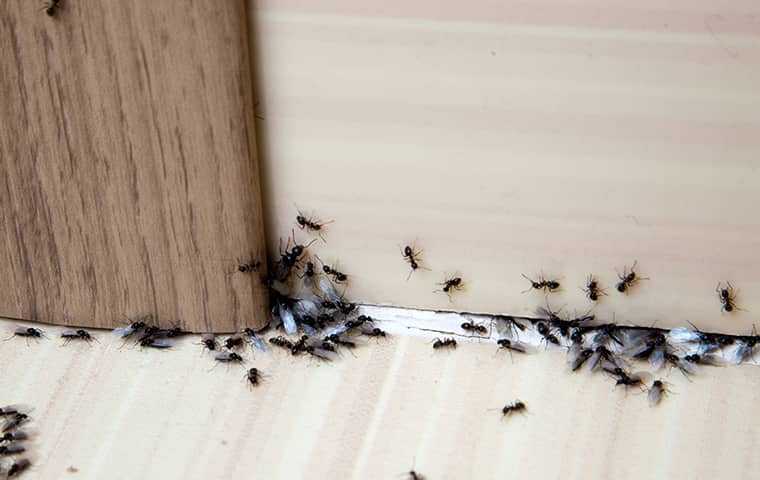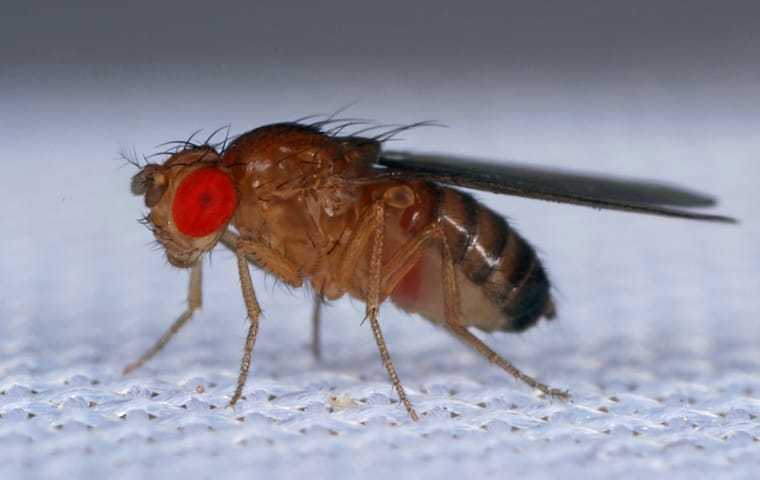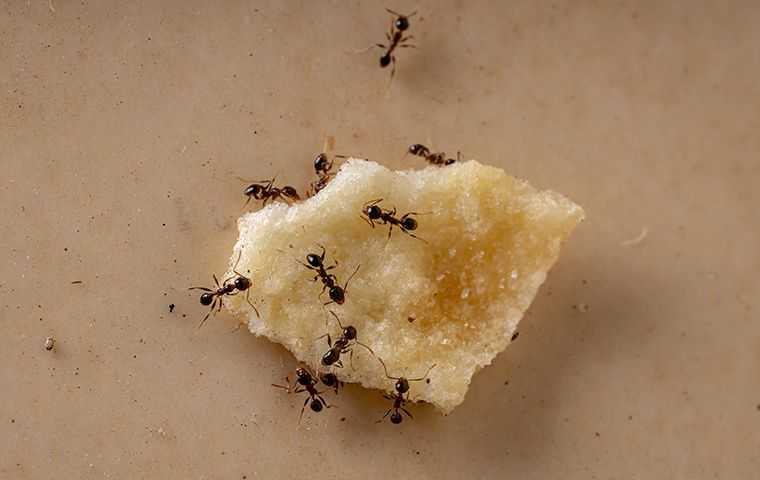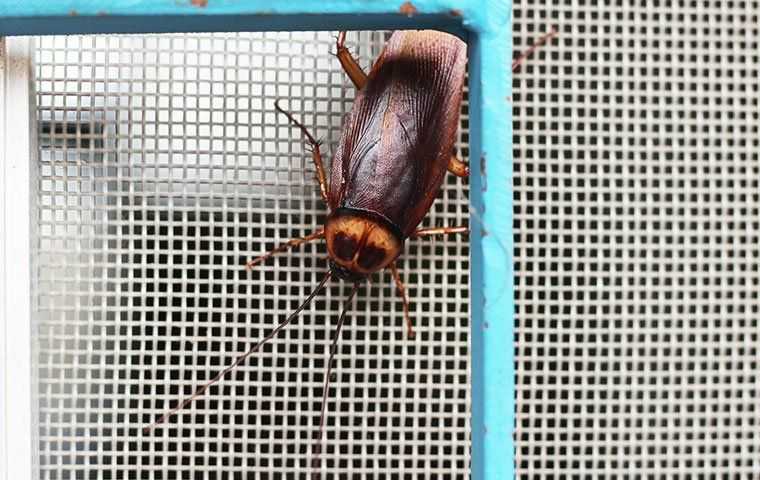Drywood termites are unique among termites in that they are able to attack your Honolulu home without having any contact with the ground. This means that treatments to the soil around your home won't protect your property from these insects. Drywood termites can explore your exterior walls, find entry points, and build nests at any time, even if you have exterior termite control treatments. So what can you do to stop them? The secret to drywood termite control is simple: Learn their behaviors and stop them in their tracks.
Mating

If drywood termites come into your yard, they'll come by air. An infestation begins with termite alates. These are winged male and female reproductives that create nests in wood sources. You'll find them crawling around on the sides of your home and on hardwood sources. It is important that you recognize them when you see them. Early detection can prevent damage.
- These insects are a little less than ½ an inch long from head to tail tip.
- Half the length of a swarmer is the portion of its wings that hang past its abdomen.
- The wings of a swarmer stack on top of each other. This makes them look rounded off at the tips, rather than having a cleft, like an ant's wings.
- The wings of a swarmer are white and quite noticeable, even for such a small insect. When swarmers are in a group, their wings are even more noticeable.
Note: Be aware that seeing termite swarmers around your home can be a sign of a current infestation. You should not assume that an infestation has not already taken root.
Feeding
When swarmers come into your yard, they're not going to feed on wood, and they're not going to tunnel through the wood of your home to get inside. This is important to understand. Termite swarmers don't eat anything. They create a colony and produce workers to get food for them. Drywood termite swarmers will look for openings in the exterior of your home.
They are particularly drawn to openings created in rotting and cracked wood, or gaps in wood that have allowed moisture to enter. While drywood termites can feed on dry wood, and they are commonly found in drywood that has low moisture content, they would much rather get into hardwood that is high in moisture. Therefore, there are two factors to consider when attempting to keep drywood termites out.
Address Moisture Problems
If drywood termites come into your yard and they are unable to find moist wood sources or wood that has been damaged by moisture, they may move to the next yard. Here are a few tips to help you get control of moisture:
- Clean your gutters and make necessary repairs.
- Remove grass and weeds from your landscaping.
- Thin out dense vegetation in your landscaping.
- Trim your bushes, shrubs, and plants.
- Water your plants in the early morning.
Seal Entry Points
When drywood termites explore your home, there are a few points they're likely to target first. Inspect these, make repairs, and seal any entry points.
- Your windows and doors are primary targets because these are often high in moisture. Use a caulking gun to seal gaps or to fill in holes that have developed in your wood frames. Replace weatherstripping or door sweeps that don't make a good seal.
- Cracks and imperfections in wood surfaces can allow these termites in. Replace rotting or damaged wood or use a caulking gun to fill in the cracks and imperfections.
- Seal cracks in your foundation and gaps around foundation penetrations, such as pipes and wire conduits.
Waste
The last drywood termite behavior to consider is the creation of waste. These termites push their droppings out of their tunnels. You may find these droppings on surfaces inside your home such as your window sills. If you recognize them as droppings, you'll be able to take action to arrest the damage being done.
- Termite droppings are the same color as the wood the termites are feeding on. This might make you think you're looking at sawdust. But even if it were sawdust, you know that sawdust doesn't occur naturally. You'll want to do something when you find piles of wood-colored material in your home.
- Termite droppings have a light and dark color variation.
- Termite droppings look like pellets and are about the size of pepper grains.
What To Do When You Detect Drywood Termites
The most effective way to control drywood termites once they've been detected is to have a certified professional address the issue. There are many DIY termite control options available, but many don't work. The ones that do can be administered incorrectly, ultimately allowing termites to do even more damage.
If you live in Honolulu, connect with Pest Tech Hawaii. We use the most advanced products and strategies to fully arrest drywood termite infestations. Our licensed professionals know what is required to protect your property from further damage. Reach out to us today to request our pest control in Honolulu. We offer termite inspection reports for Hawaii as well.
Client Review

As a Realtor with At Home Hawaii, I work with Pest Tech on a regular basis. The quotes are always competitive and the people we've been working with have been great. I highly recommend Pest Tech.
Request An Estimate
Complete the form below to request your estimate.






